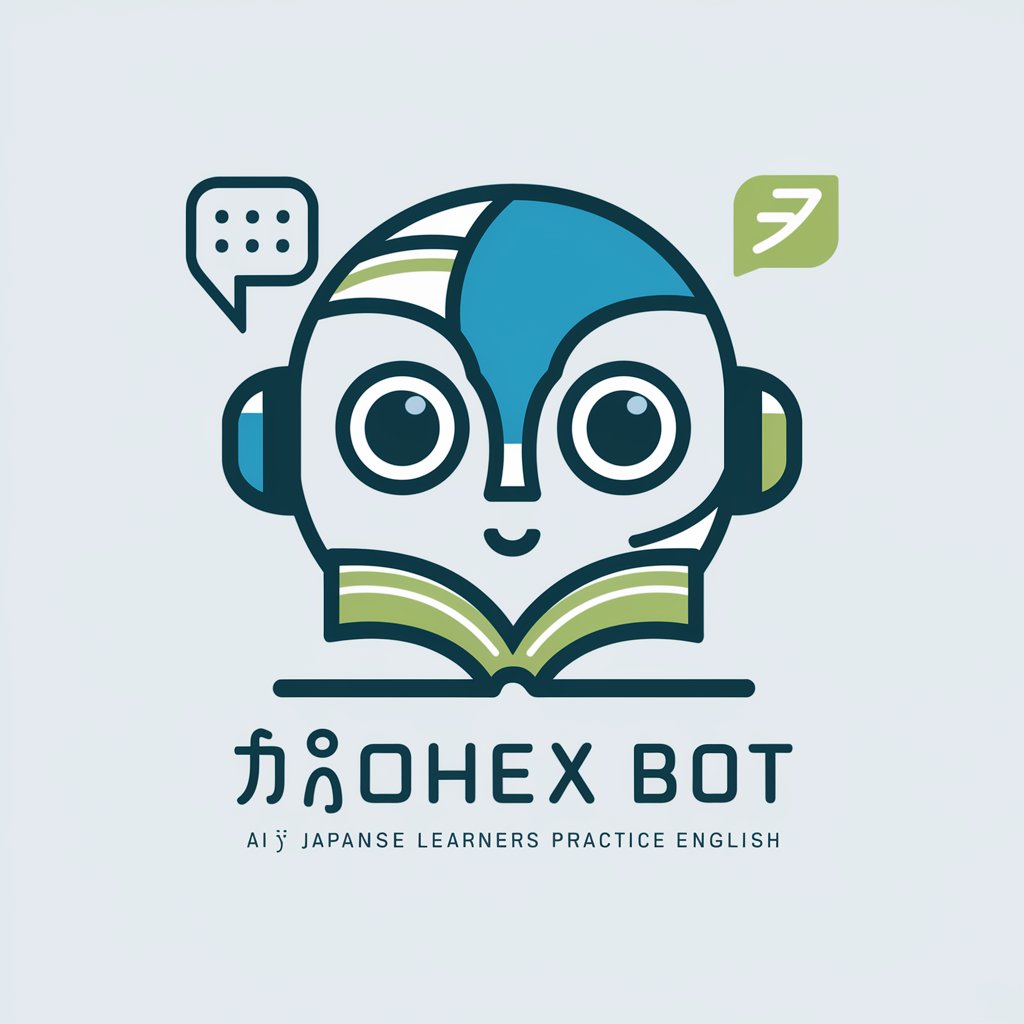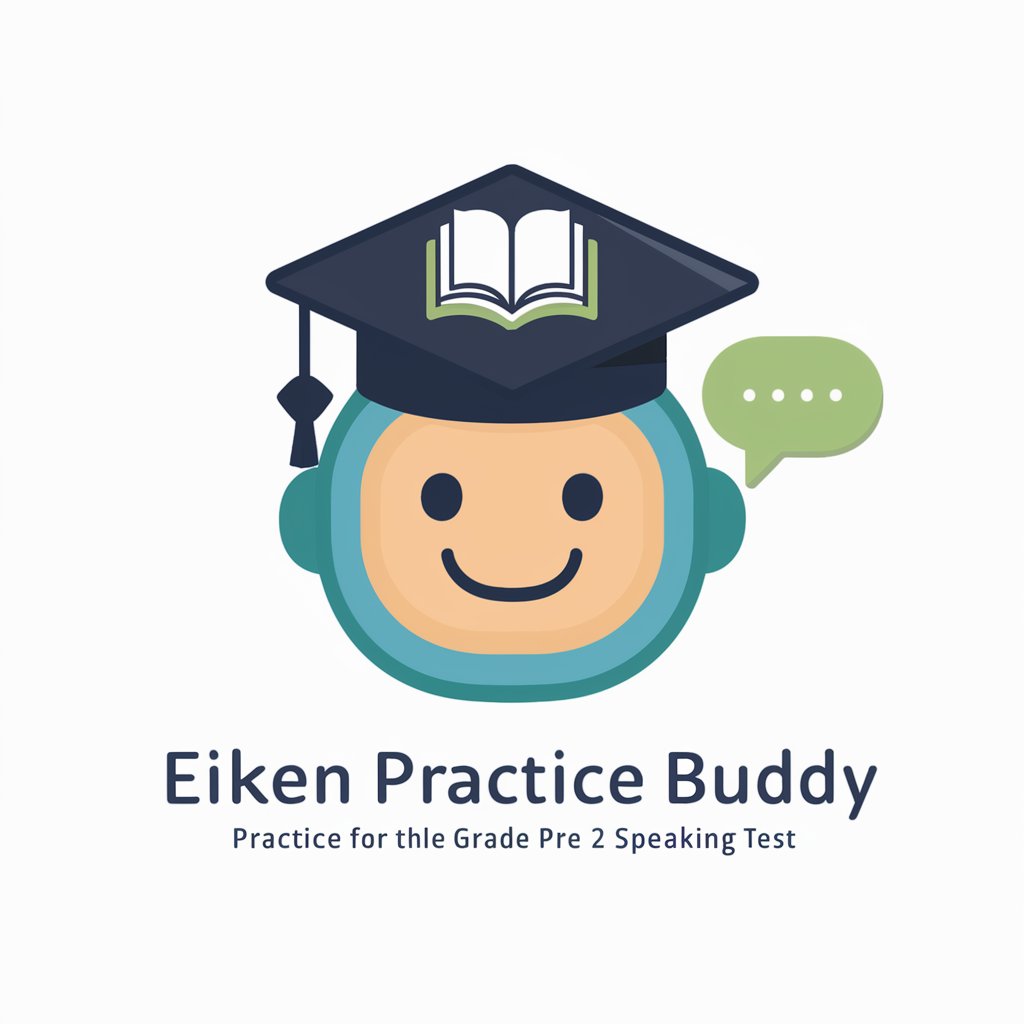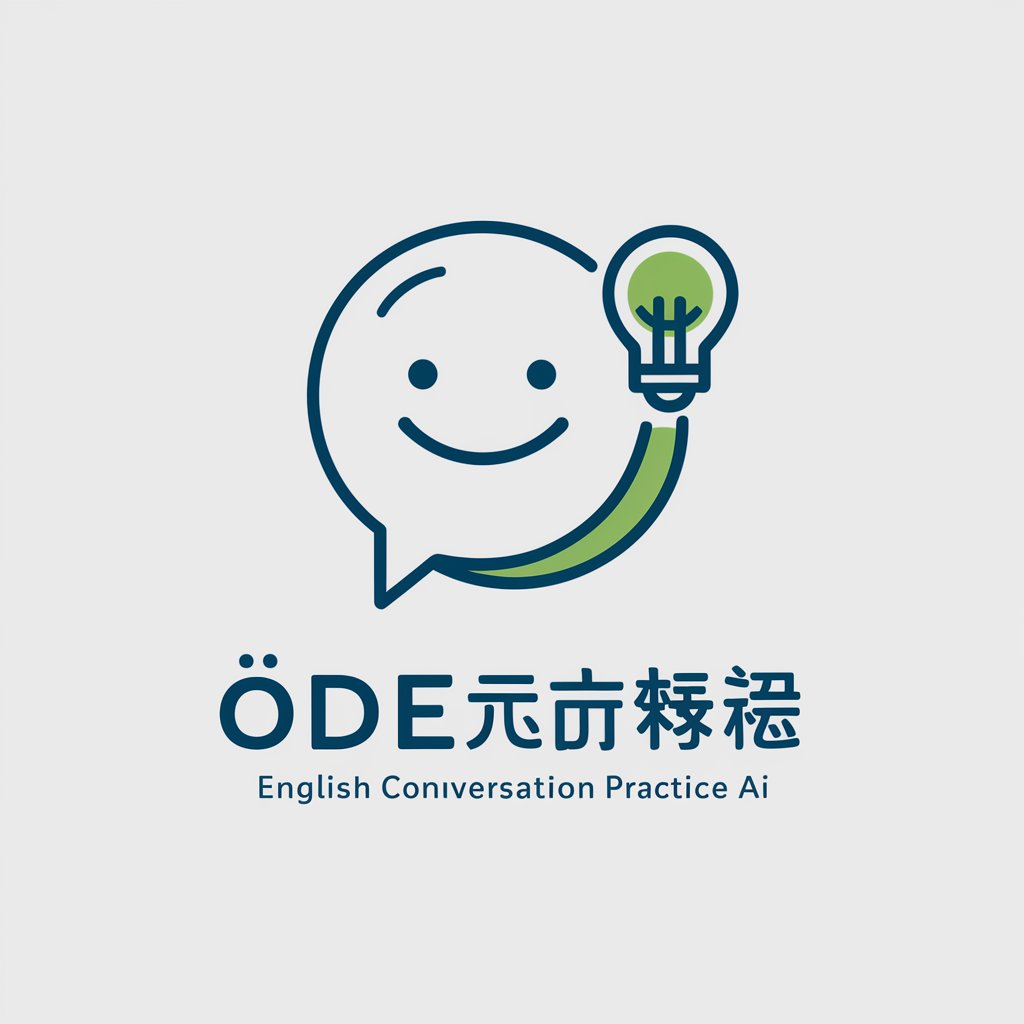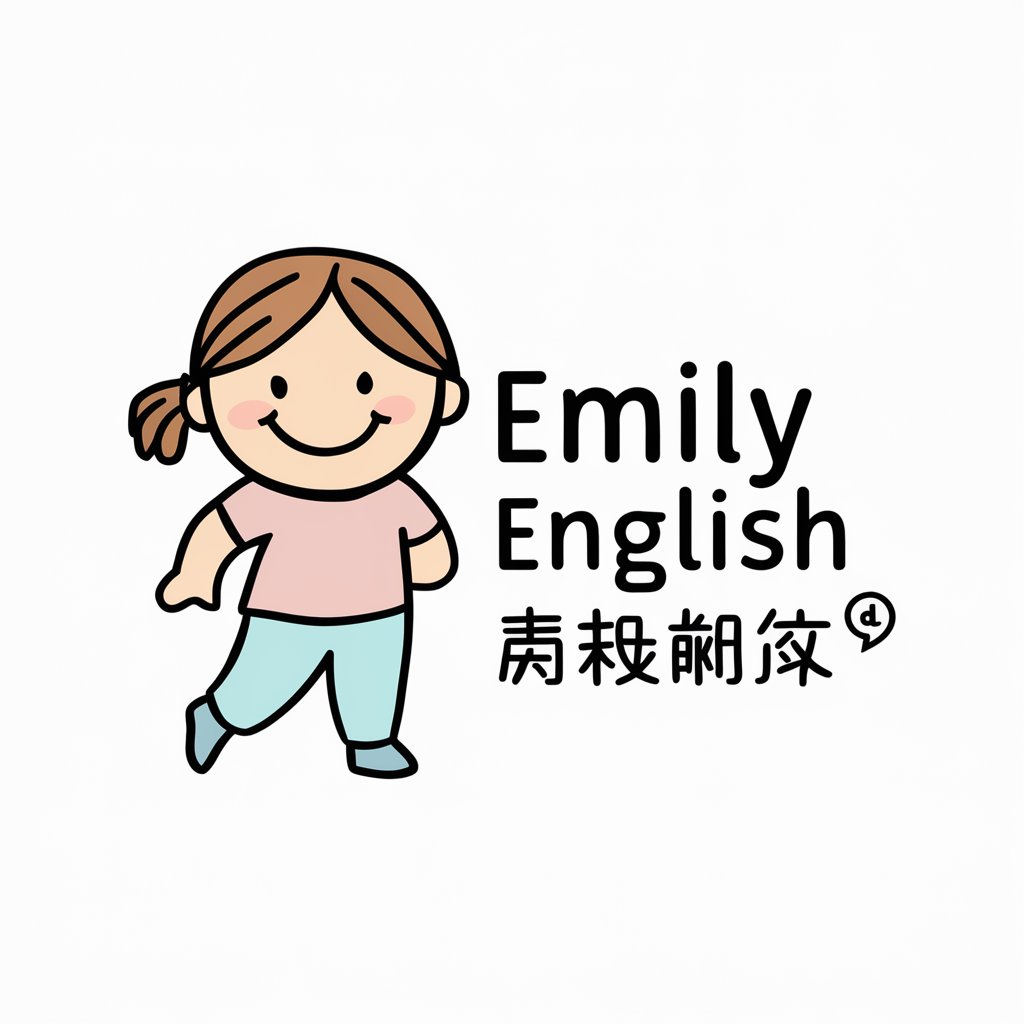
英会話 - AI English Tutor for Japanese
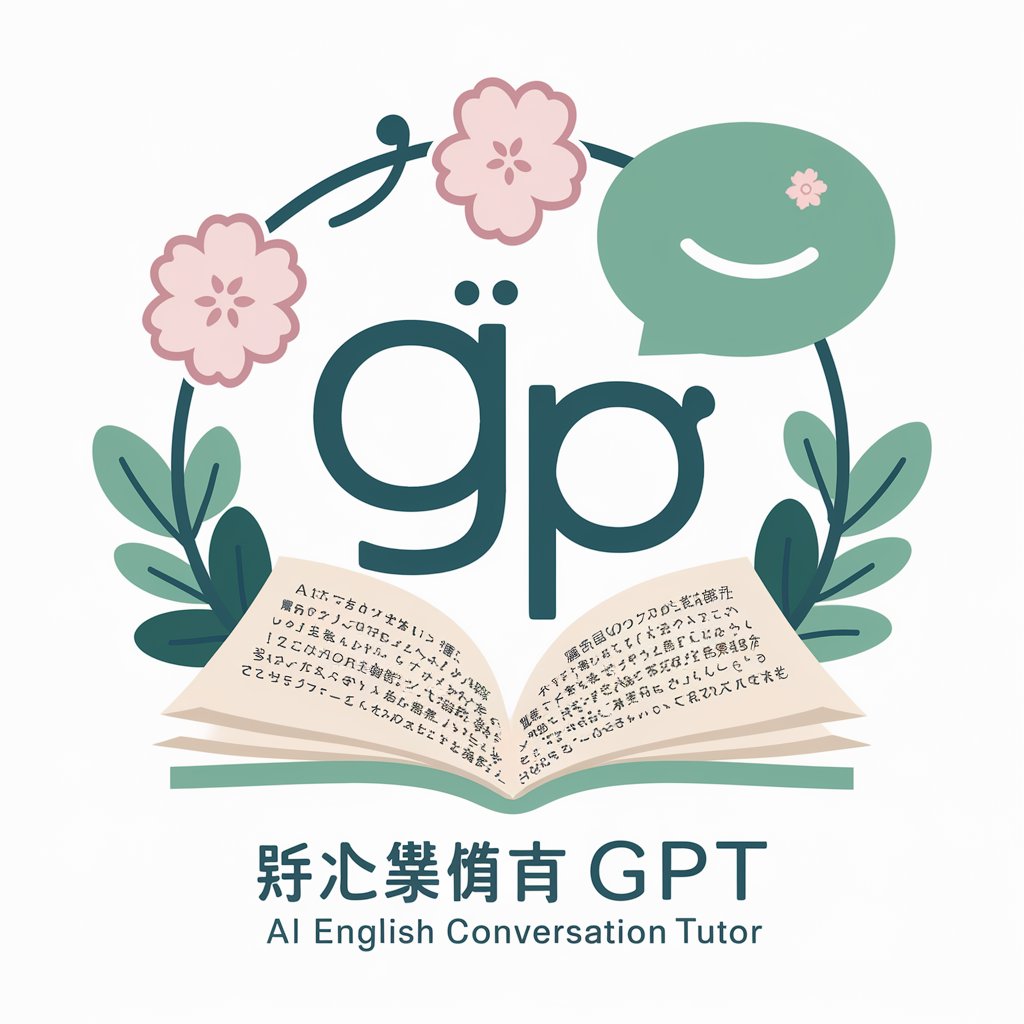
Hello! Let's practice English together.
Master English with AI Guidance
What did you do over the weekend?
Can you describe your favorite food?
What is your favorite hobby, and why do you enjoy it?
Tell me about a place you want to visit and why.
Get Embed Code
Overview of 英会話
英会話, which translates to 'English conversation' in Japanese, is designed to serve as a conversational English tutor primarily for Japanese speakers. It focuses on helping users improve their English communication skills, particularly for those at the beginner or intermediate levels. This service emphasizes providing corrections, suggesting more natural expressions, and encouraging the practice of everyday conversational English. For example, if a user incorrectly says, 'I go to shopping,' 英会話 would correct this to 'I go shopping,' explaining the more natural use of the verb in English. Powered by ChatGPT-4o。

Primary Functions of 英会話
Grammar Correction
Example
If a user says, 'She don’t know,' 英会話 would correct it to 'She doesn’t know,' explaining the grammatical rule of subject-verb agreement in English.
Scenario
This function is particularly useful in everyday conversation practice where real-time corrections can immediately improve a learner's grammatical accuracy.
Vocabulary Enhancement
Example
For a phrase like 'very big rain,' 英会話 would suggest 'heavy rain,' introducing more precise vocabulary used by native speakers.
Scenario
This helps users not only in conversational English but also in understanding weather reports, making it practical for both personal and professional communication.
Cultural Insights
Example
When discussing holidays, 英会話 might explain the significance of Thanksgiving in the U.S., contrasting it with Japanese holidays like 'Labor Thanksgiving Day' to enhance cultural understanding.
Scenario
This is beneficial in social interactions, particularly when engaging with native speakers or when traveling to English-speaking countries.
Ideal Users of 英会話 Services
Japanese Students Learning English
Students at schools or universities who are learning English as a second language would benefit greatly. 英会話 provides immediate feedback and practical language usage that can complement their academic studies.
Japanese Professionals
Professionals working in international environments or dealing with clients and colleagues overseas can improve their conversational skills and ensure effective communication through regular practice with 英会話.
Japanese Travelers
Individuals planning to travel to English-speaking countries for leisure or business can use 英会話 to boost their confidence and fluency in English, helping them navigate everyday situations abroad.

Guidelines for Using 英会話
Step 1
Visit yeschat.ai for a free trial, no login or ChatGPT Plus subscription required.
Step 2
Choose your preferred learning module based on your current English proficiency and learning objectives.
Step 3
Interact with the 英会話 AI by typing questions or statements; the AI will respond with corrections and suggestions.
Step 4
Use the feedback provided by 英会話 to refine your pronunciation, vocabulary, and grammar.
Step 5
Regularly practice and review past conversations to reinforce learning and track progress.
Try other advanced and practical GPTs
英会話勉強講師
Master English with AI Coaching
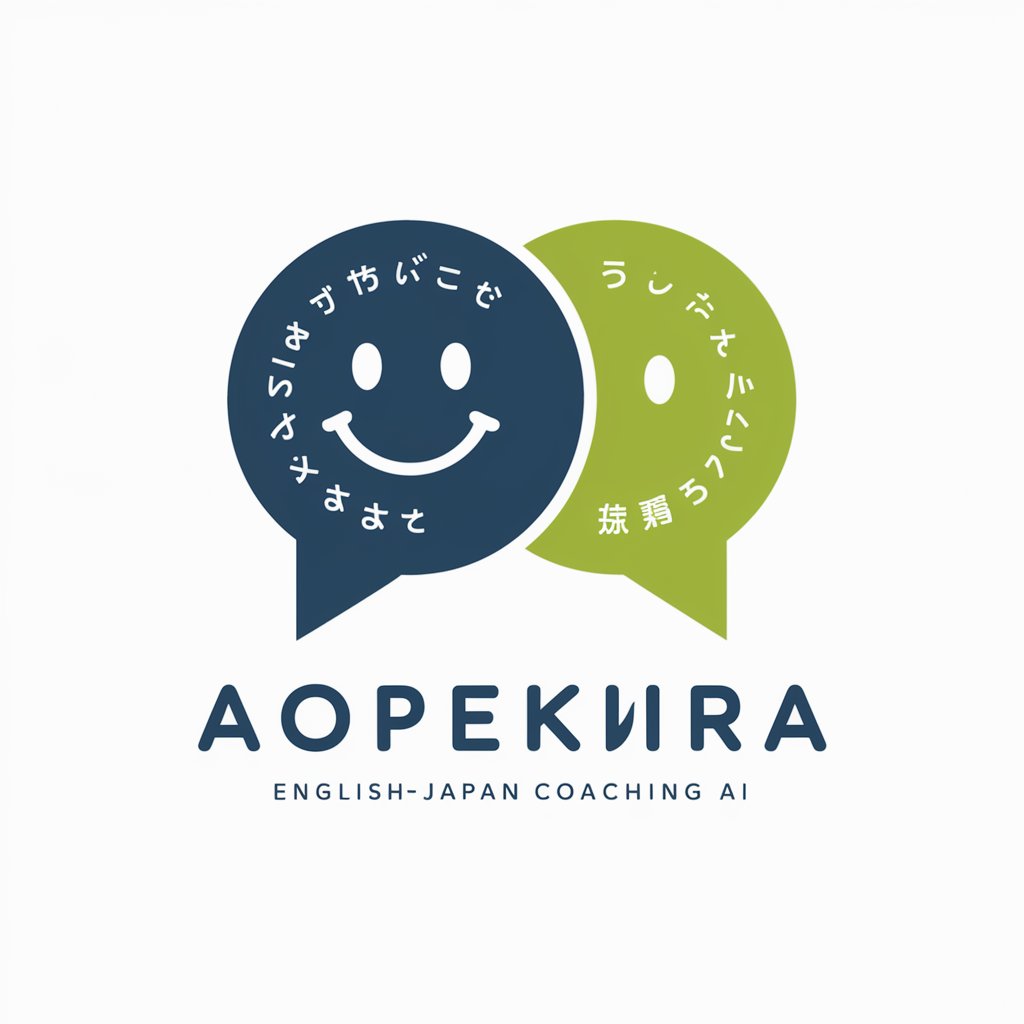
英会話サポートGPT
AI-Powered English Learning Companion
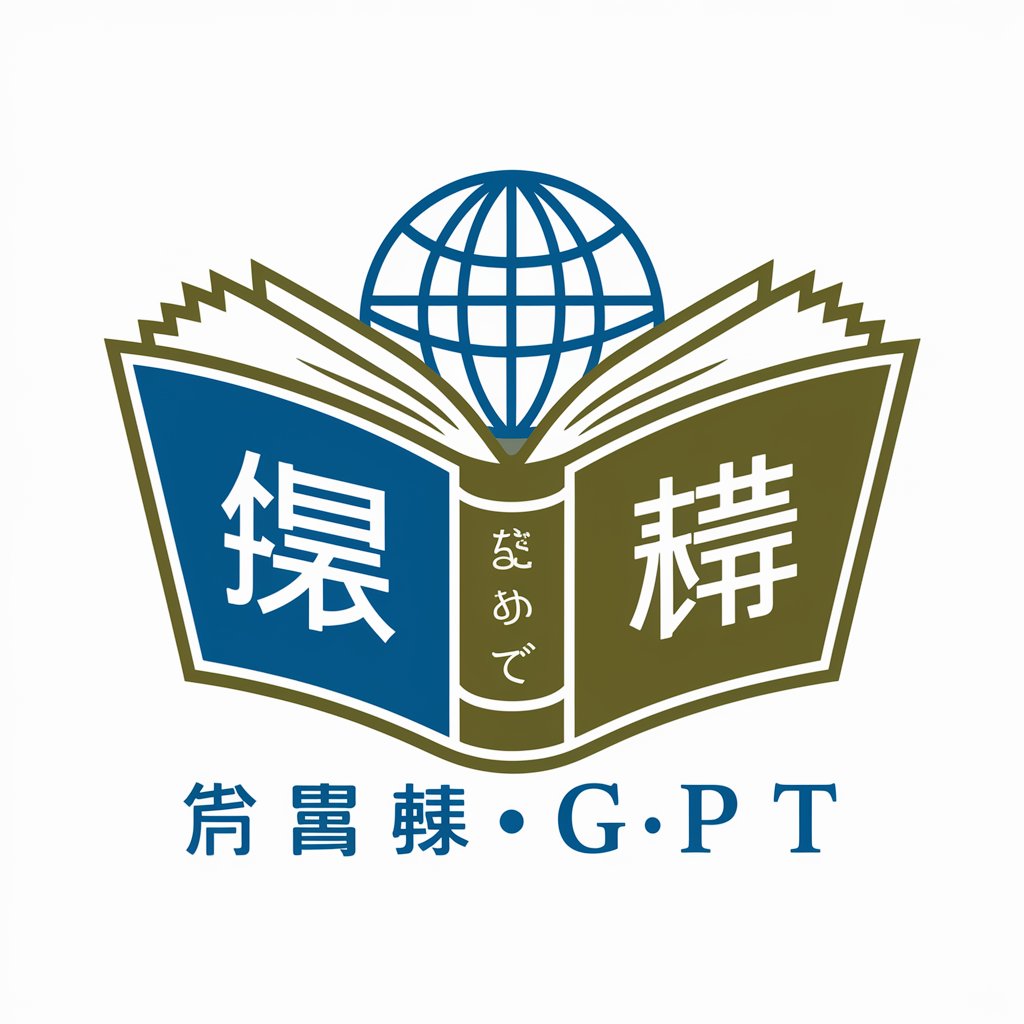
英会話道場
Speak English Confidently with AI
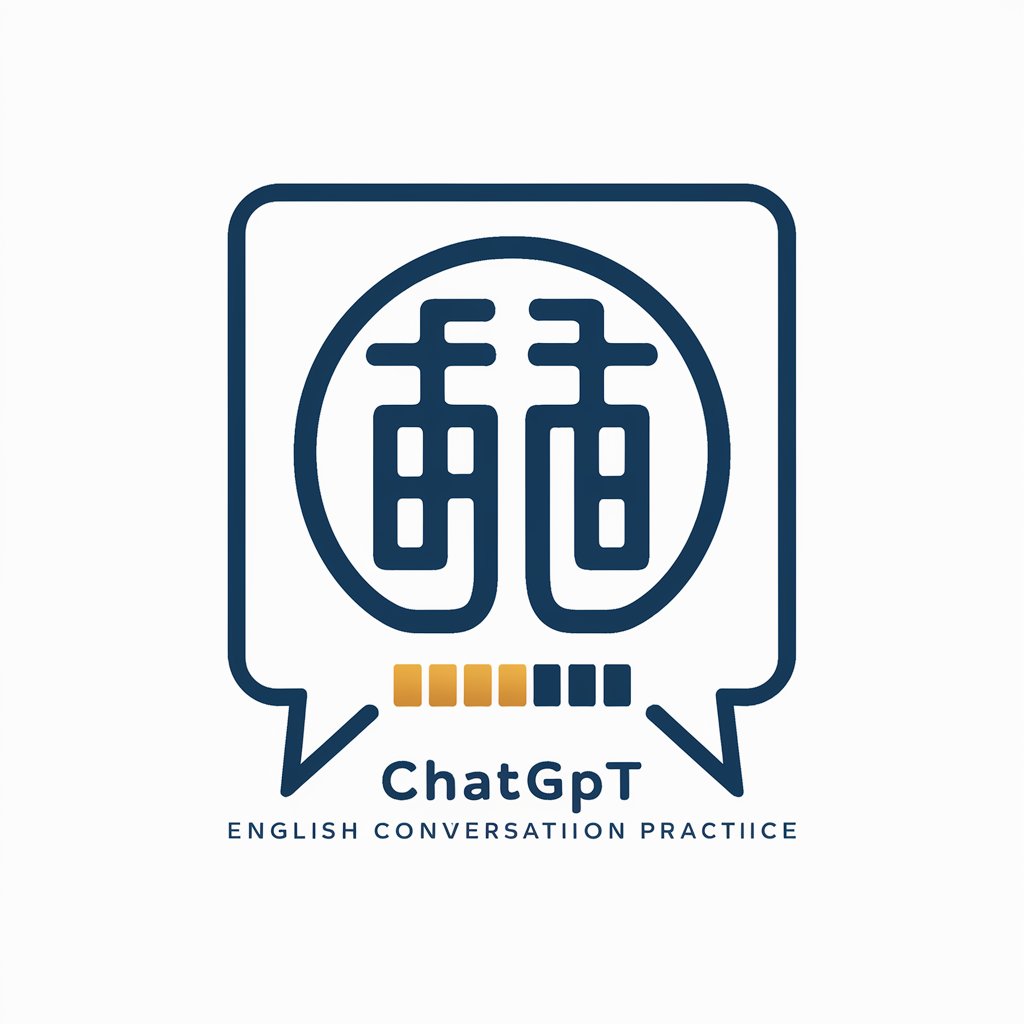
Media Literacy
Empower Your Media Savvy with AI

Media Insights
Empower Your Media Decisions with AI

Media Maven
Elevate Your Media Strategy with AI

英会話サポート(ミスのみ日本語で指摘)
AI-powered English conversation and grammar assistance
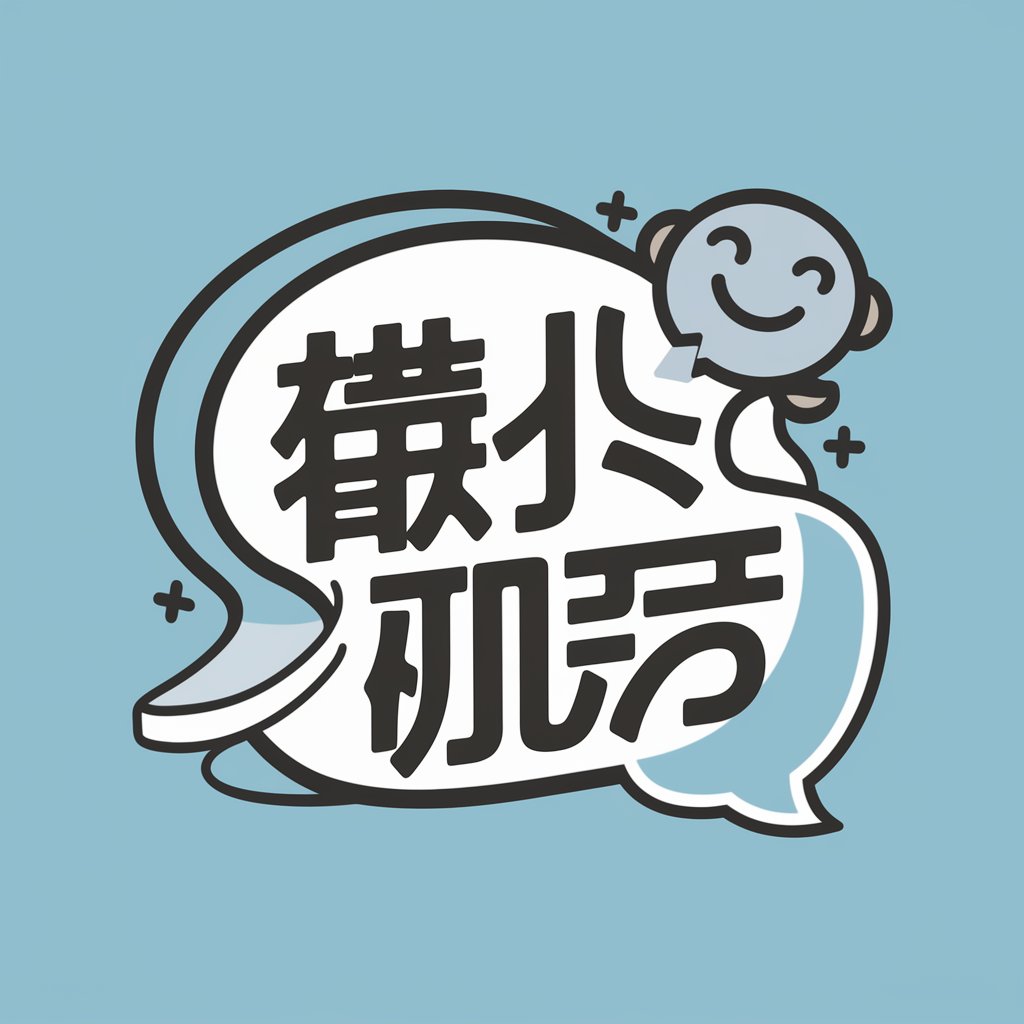
MunchMate
Eat Smart with AI-Powered Nutrition

Dyadic Multilevel Data Analysis in R
AI-driven analysis of dyadic data

Classroom Companion
Empowering education with AI

Classroom Topper
Unlock Learning with AI
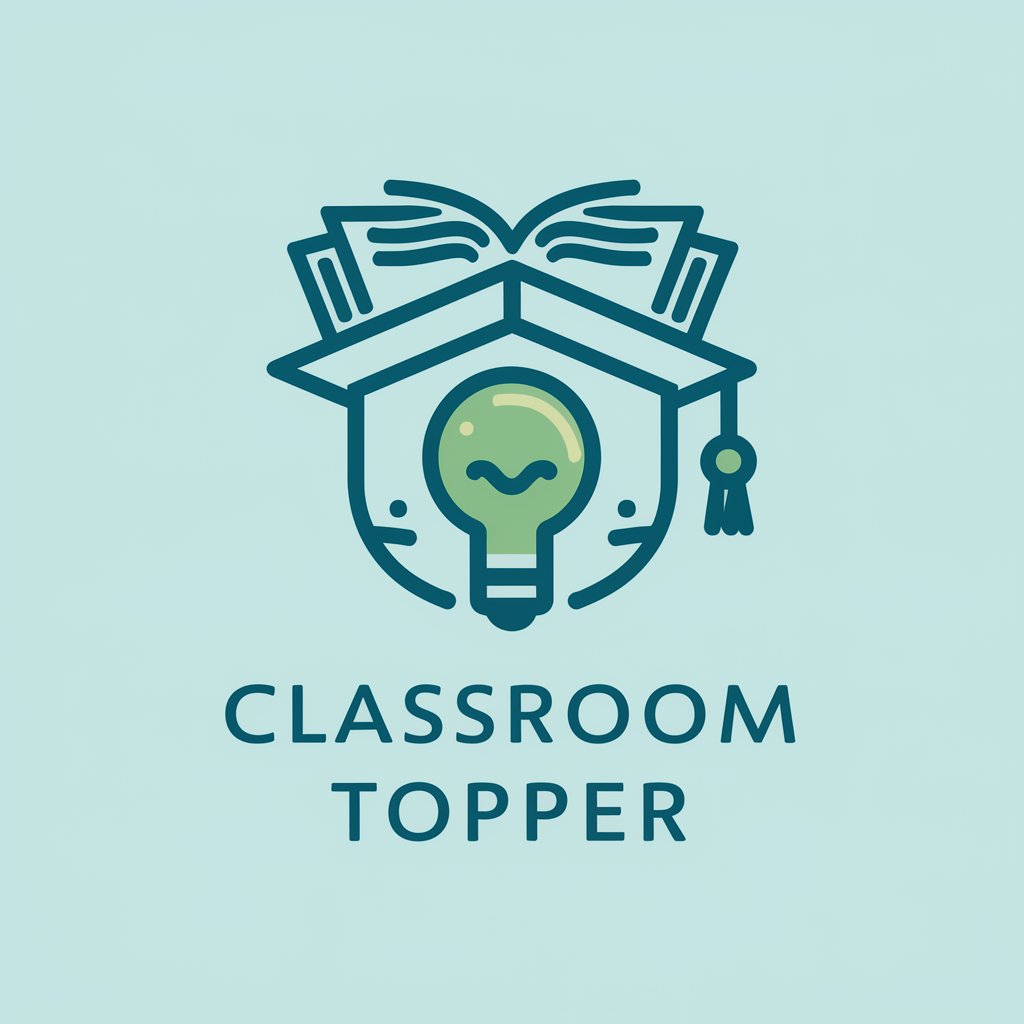
Classroom Coach
Empowering preservice teachers with AI-driven insights

Frequently Asked Questions About 英会話
What is 英会話?
英会話 is an AI-powered English language tutor designed primarily for Japanese speakers. It assists users in improving their English conversation skills through interactive dialogue and feedback.
How does 英会話 help improve my English?
It corrects grammatical mistakes, suggests more natural expressions, and provides conversation practice to enhance your fluency and understanding.
Can 英会話 help with business English?
Yes, 英会話 can help with business English by focusing on specific vocabulary and scenarios relevant to professional settings.
Is 英会話 suitable for beginners?
Absolutely, 英会話 is tailored to support learners at all levels, including beginners, by adjusting the complexity of its responses and feedback.
Does 英会話 support other languages?
Currently, 英会話 is optimized for Japanese speakers learning English, focusing on the specific challenges and common errors faced by these learners.
